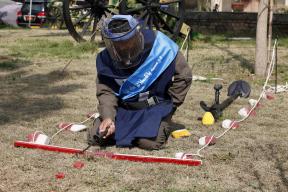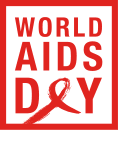 Millions of people all over the world suffer from Asthma, and if you’ve ever met one who suffers from it then you’re familiar with the pssst psst sound of the inhalers that make a relatively normal day to day life possible for them. World Asthma Day is dedicated to raising awareness about this pernicious disease and seeks to bring awareness and advanced asthma care to sufferers throughout the world.
Millions of people all over the world suffer from Asthma, and if you’ve ever met one who suffers from it then you’re familiar with the pssst psst sound of the inhalers that make a relatively normal day to day life possible for them. World Asthma Day is dedicated to raising awareness about this pernicious disease and seeks to bring awareness and advanced asthma care to sufferers throughout the world.
History of World Asthma Day
World Asthma Day was initially established in 1998 by the Global Initiative for Asthma (GINA). While almost all of us are familiar with the sound and visual of an inhaler for Asthma being used, not all of us are aware of the actual nature, cause, and that there are multiple types of asthma out there. The truth of the matter is asthma isn’t entirely understood, what is known is that there are multiple factors at play in the complex chemistry that creates an asthma sufferer. These include genetic interactions and elements in the environment that can change both the severity and how likely it is to respond to treatment.
The known aggravators of asthma are many and include everything from allergens, air pollution, and other chemicals that can appear in the environment that irritate the lungs. In high enough concentrations these factors can cause serious asthma attacks in sufferers and aggravate cases that are otherwise mild.
Asthma is incredibly prevalent in those areas that suffer from low air quality as a result, and those areas also tend to be those that house low-income and minority communities. As such these already disadvantaged individuals are the highest sufferers of this pernicious disease. An added factor is psychological stress, and again this element is particularly high in those living on the edge of poverty, increasing its occurrence there further.
Source: Text: DAYS of the YEAR Image: Medscape

 The United Nations’ International Day for Mine Awareness and Assistance in Mine Action is observed on April 4 each year. This day aims to raise awareness about landmines and progress toward their eradication.
The United Nations’ International Day for Mine Awareness and Assistance in Mine Action is observed on April 4 each year. This day aims to raise awareness about landmines and progress toward their eradication. misun
misun What Rare Disease Day is about
What Rare Disease Day is about Leprosy is one of the oldest recorded diseases in the world. It is an infectious chronic disease that targets the nervous system, especially the nerves in the cooler parts of the body – the hands, feet, and face.
Leprosy is one of the oldest recorded diseases in the world. It is an infectious chronic disease that targets the nervous system, especially the nerves in the cooler parts of the body – the hands, feet, and face. International Human Solidarity Day is:
International Human Solidarity Day is:


